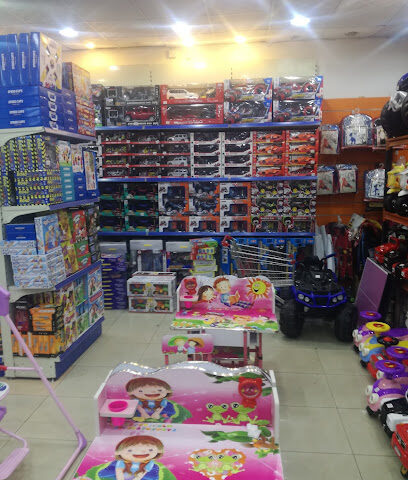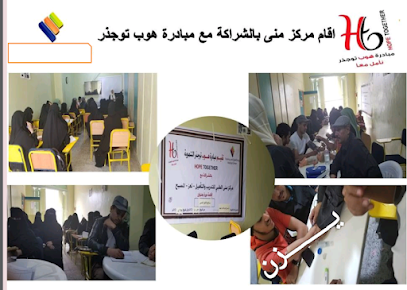Directory : Find All Locations in Saudi Arabia
Advertisement
Browse by Keyword, City or Neighborhood
Locations recently added
Address CVPP+274 – Harub 85877 – Saudi Arabia –
Categories Harub University – Harub University – Saudi Arabia
Address 8P3J+XF – Al Irq Al Janubi – Khamis Mushait 62461 – Saudi Arabia
Address MWNA7268 – 7268 يعقوب بن الربيع – 5579 – Mecca 24213, Saudi Arabia
Categories Mecca Toy store – Mecca Toy store – Saudi Arabia
Address مبنى ادارة جامعة الطائف – Al Hawiyah – Taif 26571 – Saudi Arabia
Categories Taif University – Saudi Arabia University – Taif
Address solay – Jeddah 45454 – Saudi Arabia –
Register your office in our database
You can customize your page with text and images to make it stand out in your area.



